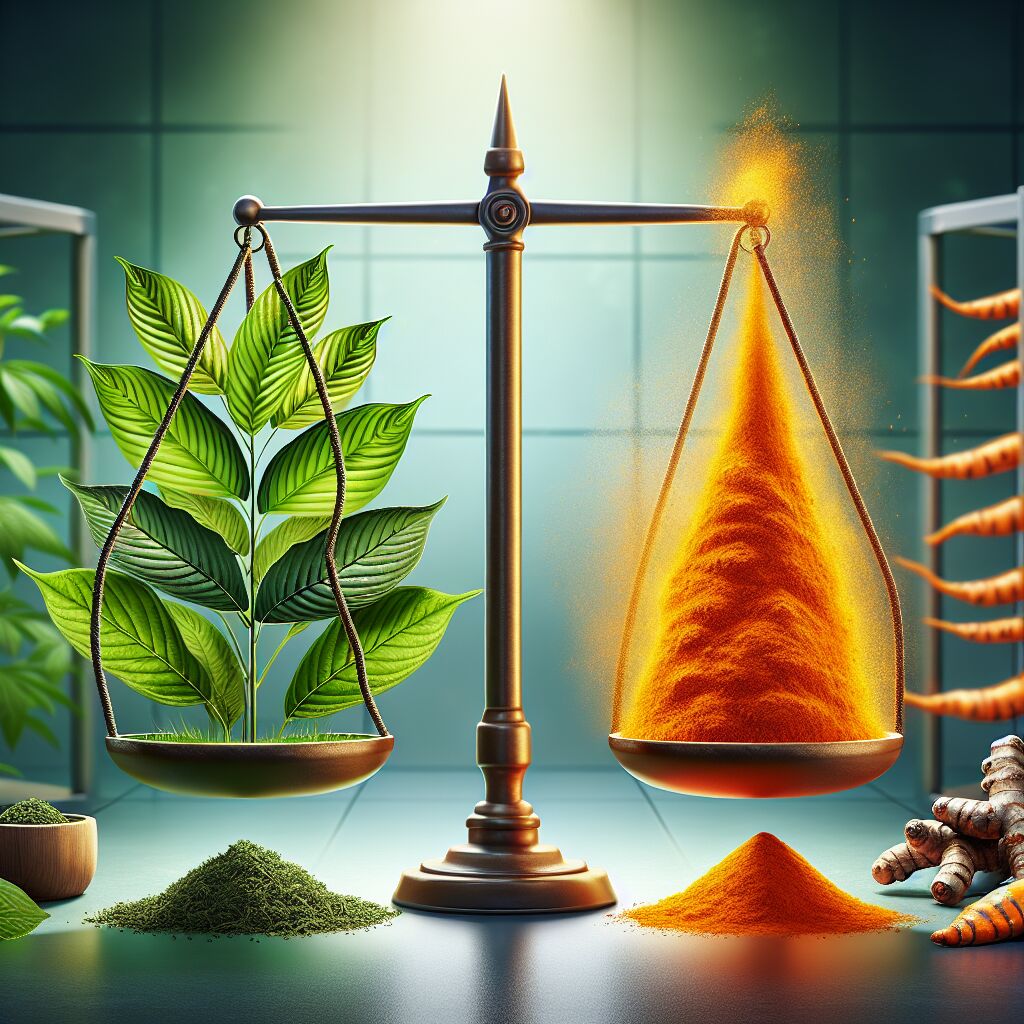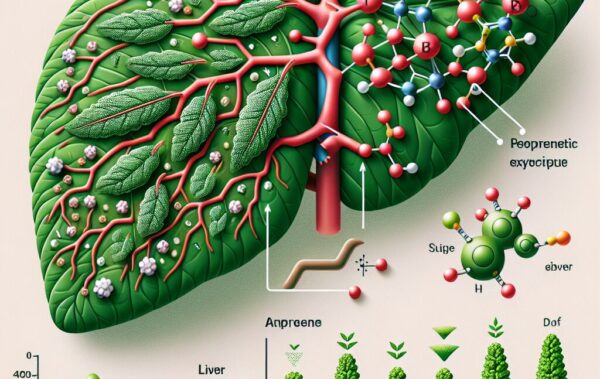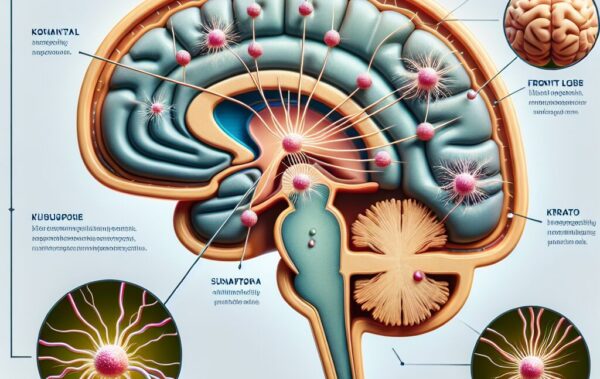.container {max-width: 1200px;}
- Comparative overview
- Mechanism of action
- Scientific evidence
- Safety and side effects
- Conclusion and recommendations
Both kratom and turmeric have garnered substantial attention due to their anti-inflammatory properties, particularly in their usage as traditional herbal remedies. While they are commonly used for similar health benefits, the way they function within the body and their resulting impacts can vary significantly.
Kratom, derived from the leaves of the Mitragyna speciosa tree native to Southeast Asia, has been historically employed as an alternative therapy for pain relief, energy enhancement, and inflammation reduction. On platforms like Kratom Markets, you can find various forms of kratom such as powders, capsules, extracts, and even edibles, catering to diverse preferences and needs. Kratom contains active compounds called alkaloids, primarily mitragynine and 7-hydroxymitragynine, which interact with the body’s opioid receptors. These interactions can modulate pain and inflammation responses, potentially providing relief from chronic inflammatory conditions.
On the other hand, turmeric, known scientifically as Curcuma longa, is a well-known spice that doubles as a powerful anti-inflammatory agent. The primary active compound in turmeric, curcumin, is celebrated for its ability to inhibit inflammatory pathways by blocking certain molecules that play a role in the process. This characteristic makes turmeric a popular addition to diets and wellness routines for those seeking natural remedies for inflammation-based issues such as arthritis and digestive disorders.
When comparing these two, it’s important to note the distinct nature of their mechanisms and effects:
- Source and Composition: Kratom is primarily valued for its alkaloids, while turmeric’s benefits derive mainly from curcumin.
- Traditional Use: Kratom is used predominantly in Southeast Asian cultures as a stimulant and pain reliever. Turmeric has a long-standing history in Ayurvedic and Traditional Chinese Medicine for its wide-ranging health benefits.
- Forms of Consumption: Kratom is available in a variety of forms such as powders and capsules, like Kratom Powder and Kratom Capsules. Turmeric is commonly consumed as a spice, in supplement form, or as a fresh root.
The popularity of these herbal remedies can be attributed to their accessibility and the expanding body of anecdotal evidence supporting their efficacy. For those navigating chronic inflammation and pain, options like kratom liquid extracts provide a potent means of receiving the plant’s benefits, while turmeric’s inclusion in daily meals offers a holistic approach to managing inflammation.
Integrating either of these natural remedies into a lifestyle generally boils down to personal preferences and specific health conditions. However, it’s crucial to remember that while these botanical options show promise, consulting healthcare professionals before starting any new herbal regimen is always advisable. This ensures that potential interactions with medications or other health conditions are carefully considered, providing a safer and more effective approach to utilizing these powerful plants.
Mechanism of action
Kratom’s mechanism of action primarily revolves around its two main alkaloids: mitragynine and 7-hydroxymitragynine. These compounds interact with the body’s opioid receptors, which are central to the perception of pain and regulation of mood. By binding to these receptors, kratom effectively modulates pain signaling pathways and reduces inflammation. This opioid receptor interaction is also what provides kratom with its analgesic properties, making it helpful for those dealing with chronic pain and inflammatory diseases.
On the other hand, turmeric’s primary active compound, curcumin, functions through an entirely different biological pathway. Curcumin exerts its anti-inflammatory effects by downregulating the activity of pro-inflammatory enzymes and cytokines. Specifically, it inhibits the nuclear factor-kappa B (NF-κB) pathway, a crucial regulator of immune response and inflammation. Through this inhibition, curcumin can mitigate the production of various inflammatory markers, supporting its widespread use in managing conditions like arthritis, gastrointestinal issues, and more.
When deciding between kratom and turmeric for managing inflammation, it’s essential to consider how these mechanisms might align with specific health needs and conditions:
- Pain Relief: Kratom, thanks to its interaction with opioid receptors, might be more effective for those needing significant pain relief.
- Systemic Inflammation: Turmeric, inhibiting various pro-inflammatory pathways, is suited for addressing broader inflammatory issues.
- Combination Potential: Some might benefit from the combined effects of kratom’s pain relief and turmeric’s systemic anti-inflammatory action.
For those interested in trying kratom, it’s worth exploring the various product forms available, each with its specific benefits and application. For instance, kratom capsules offer convenience and precise dosing, while kratom extracts provide a more potent option ideal for experienced users. Understanding these differences will aid in making an informed decision tailored to one’s health goals.
Additionally, it’s vital to observe the onset and duration of action for both kratom and turmeric. Kratom tends to act relatively quickly, with noticeable effects often within 30 minutes of consumption, making it a reliable option for acute inflammation and pain scenarios. Turmeric, however, generally requires more consistent use over time to observe significant benefits, aligning it more with a long-term wellness strategy rather than rapid relief.
Understanding how these botanicals interact with the body can help in selecting the right remedy for specific needs or even combining them, ensuring a well-rounded approach to managing inflammation and promoting overall health.
Scientific evidence
Scientific evidence supporting the anti-inflammatory properties of both kratom and turmeric has been a growing area of interest among researchers. Despite their different origins and mechanisms, both have demonstrated potential benefits, encouraging many to explore their use as alternative remedies for inflammation management.
Studies on kratom have primarily focused on its key alkaloids, mitragynine and 7-hydroxymitragynine. Research indicates that these compounds possess significant anti-inflammatory and analgesic properties. In preclinical studies, these alkaloids have shown to inhibit pro-inflammatory mediators such as cytokines and interleukins, which are pivotal in the body’s inflammatory response. Furthermore, user-reported outcomes and case studies have also highlighted kratom’s effectiveness in managing conditions like arthritis and chronic pain, though more extensive clinical trials are needed to establish robust scientific consensus.
Turmeric, particularly its active compound curcumin, has a well-documented body of research backing its anti-inflammatory effects. Curcumin has been shown to inhibit several molecules involved in inflammation, including COX-2, TNF-α, and IL-6. Notably, a study published in the Journal of Medicinal Food found that curcumin could reduce joint inflammation and improve overall symptoms in patients with osteoarthritis. Another clinical trial demonstrated curcumin’s effectiveness in reducing the severity of symptoms in rheumatoid arthritis patients, with outcomes comparable to certain NSAIDs (non-steroidal anti-inflammatory drugs), yet with fewer side effects.
Comparatively, while kratom’s evidence base largely consists of smaller-scale studies and anecdotal reports, turmeric benefits from more extensive clinical research. However, the lack of comprehensive long-term studies on the health impacts and potential toxicity of kratom underscores the need for caution and further investigation.
Considering these points, below is a table summarizing the primary scientific findings on the anti-inflammatory effects of kratom and turmeric:
| Compound | Key Findings |
|---|---|
| Kratom | Alkaloids like mitragynine have shown anti-inflammatory effects in preclinical studies; potential in managing chronic pain and inflammatory conditions. |
| Turmeric | Clinical trials support curcumin’s role in reducing inflammation and symptom severity in conditions like osteoarthritis and rheumatoid arthritis. |
For users considering these herbal remedies, it’s essential to source high-quality products. For instance, those interested in kratom can explore options like kratom extracts for more potent formulations or opt for kratom capsules for convenience and precise dosing. Similarly, when choosing turmeric, selecting supplements with enhanced bioavailability is advisable, as curcumin’s natural absorption rate is relatively low.
As intriguing as the scientific evidence is, integrating these solutions into one’s health regimen must be done with professional guidance. The complexities of human health mean that individual responses can vary, making personalized approaches crucial for maximizing benefit and minimizing risk.
Safety and side effects
 When examining the safety and side effects of kratom and turmeric, it’s critical to acknowledge the specific concerns and precautions that come with each herbal remedy. Both have their respective benefits, but they also present unique risks that users should be aware of.
When examining the safety and side effects of kratom and turmeric, it’s critical to acknowledge the specific concerns and precautions that come with each herbal remedy. Both have their respective benefits, but they also present unique risks that users should be aware of.
Kratom, for instance, has been noted for its potential risk of addiction and dependency due to its interaction with opioid receptors. While it can provide significant pain relief and inflammation reduction, this interaction also carries the risk of habituation similar to that of traditional opioids. Reports have indicated that long-term, high-dose use of kratom can lead to symptoms of dependence and withdrawal. Thus, it’s often recommended for short-term use or under strict supervision to mitigate these risks. Moreover, due to variations in product quality and potency, it’s paramount to source kratom from reputable vendors. Platforms like Kratom Markets offer comprehensive product categories like kratom capsules and kratom extracts to suit different user needs while ensuring quality.
In terms of side effects, kratom can also cause various adverse reactions, particularly if taken in higher doses or combined with other substances:
- Nausea and vomiting
- Constipation
- Dry mouth
- Increased urination
- Agitation or irritability
Turmeric, while generally recognized as safe for most people, carries its set of precautions. High doses or prolonged use of turmeric, particularly supplements with concentrated curcumin, can lead to gastrointestinal issues such as stomach upset, nausea, or diarrhea. Additionally, turmeric has anticoagulant effects, meaning it can increase the risk of bleeding, especially in individuals taking blood-thinning medications. It’s always wise to consult a healthcare provider before incorporating high-dose turmeric supplements into one’s routine, particularly for individuals with existing health conditions or those on medication.
For both kratom and turmeric, the importance of understanding individual tolerance and starting with lower doses cannot be overstressed. Each individual’s experience with these herbs can vary greatly, and what works for one person might not be suitable for another. This is particularly true for kratom, where strain and vein type, such as Red Vein Kratom, can markedly influence effects and tolerance.
The risks associated with these herbal treatments underscore the necessity of responsible use and proper guidance. Here are some general guidelines for safer use:
- Start with the lowest effective dose to gauge individual response and tolerance.
- Consult healthcare providers, especially if using other medications or having pre-existing health conditions.
- Source products from reputable suppliers to ensure purity and accurate dosing.
- Monitor any adverse reactions closely and adjust dosage as necessary.
For those seeking potent formulations or precise dosing, exploring kratom capsules or various extracts found on online platforms could be beneficial. For instance, users could find convenience in kratom extract tablets for manageable dosing and ease of use.
Ultimately, the choice between kratom and turmeric for anti-inflammatory purposes involves not only a consideration of their efficacy but their safety profiles as well. Educating oneself thoroughly about these herbal remedies and seeking professional health advice is crucial in making an informed decision that aligns with personal health needs and safety.
Conclusion and recommendations
In the context of choosing between kratom and turmeric for their anti-inflammatory properties, it’s pivotal to weigh the pros and cons relative to your specific health needs and goals. Each herbal remedy offers distinct advantages, complemented by unique safety profiles and potential side effects.
Kratom’s primary benefit lies in its potent analgesic properties, attributed to its interaction with the body’s opioid receptors. Such interactions are particularly beneficial for individuals experiencing significant pain and inflammation, perhaps making it a superior choice for acute symptoms requiring immediate relief. The rapid onset of effects, often within 30 minutes of consumption, serves as another advantage, particularly for timely pain management. Those navigating chronic inflammatory conditions might find kratom convenient in forms like kratom capsules or kratom extracts, which provide precise dosing and higher potency, respectively.
Nevertheless, consideration of kratom’s safety profile is essential. The potential for dependency and withdrawal symptoms necessitates cautious use, ideally under professional supervision or for short-term relief. Variability in product quality further underscores the need to source kratom from reputable suppliers, ensuring consistency and safety in each dose.
On the flip side, turmeric’s strengths lie in its efficacy over prolonged periods. Curcumin, turmeric’s active compound, has extensive clinical backing demonstrating its ability to manage systemic inflammation effectively. This makes turmeric a fitting option for long-term wellness strategies addressing chronic inflammatory issues such as arthritis. The inclusion of turmeric in daily meals or as a supplement can offer holistic benefits with minimal side effects, though attention should be given to its anticoagulant properties, particularly for those on blood-thinning medications.
Choosing between these two remedies also hinges on a few practical considerations:
- Convenience: Kratom capsules and extracts offer standardized dosing and ease of use, beneficial for those seeking a consistent and simple regimen.
- Duration of Use: Kratom is better suited for short-term use due to dependency risks, while turmeric aligns with long-term usage for sustained anti-inflammatory effects.
- Combination Potential: For some, a combination approach might prove beneficial, utilizing kratom for acute flare-ups and turmeric for ongoing inflammation management.
Both kratom and turmeric have their place in the realm of herbal remedies. The choice essentially comes down to personal needs, medical advice, and careful consideration of the benefits and risks. Regular consultations with healthcare providers will help tailor a safe and effective approach, fostering optimal health outcomes.
Further research and personal experience will aid in determining the best fit for individual requirements. For those exploring kratom, reliable options like kratom capsules or kratom extracts ensure quality and efficacy. Similarly, selecting turmeric supplements with enhanced bioavailability ensures maximum benefit, given their naturally low absorption rate.
Understanding and leveraging the health benefits of these herbal powerhouses can pave the way for a balanced and informed approach to managing inflammation and enhancing overall well-being.









